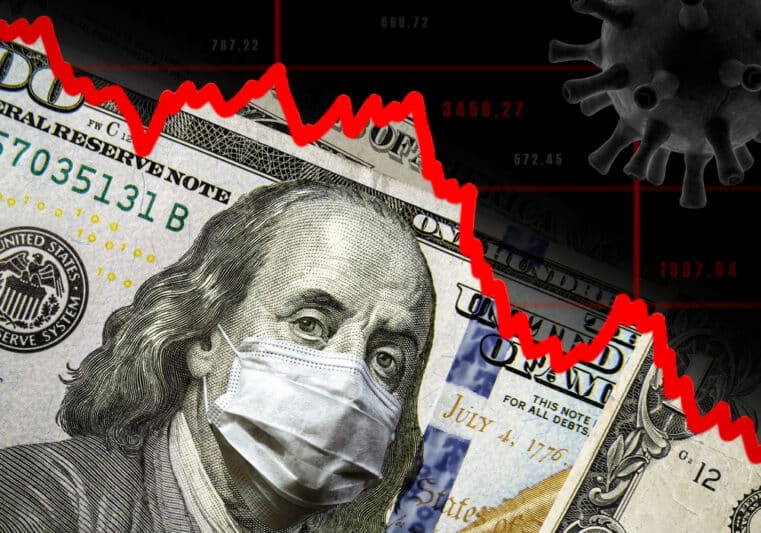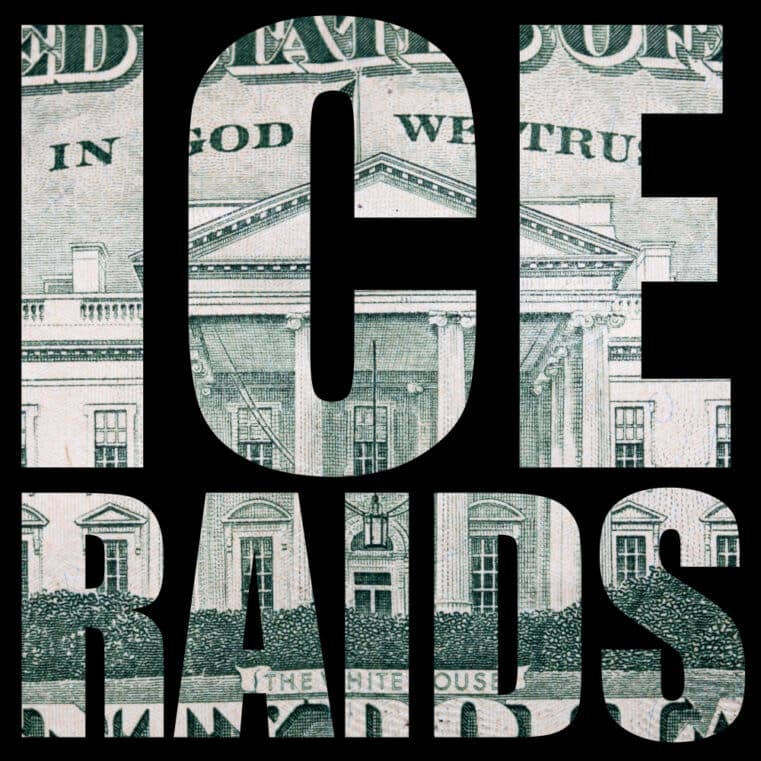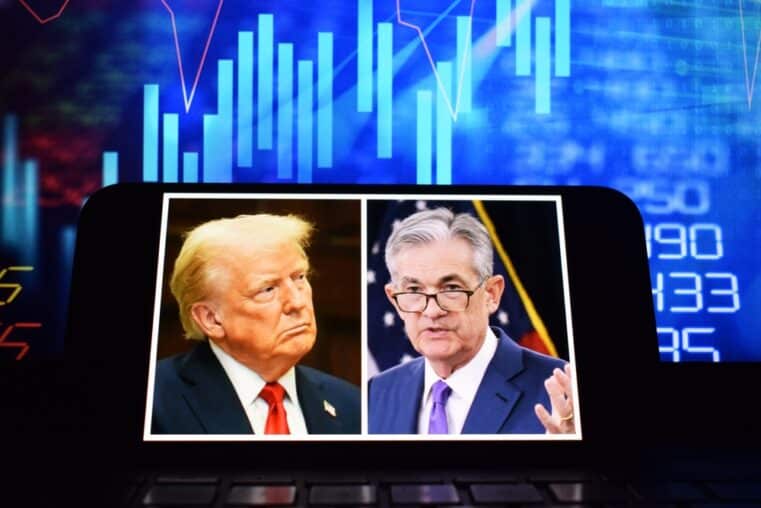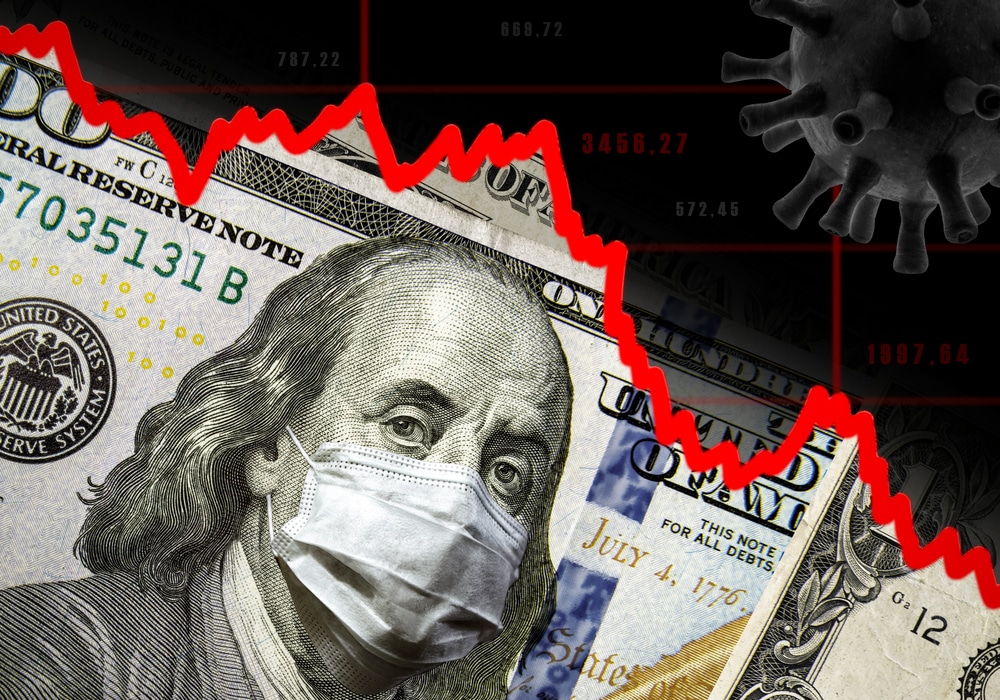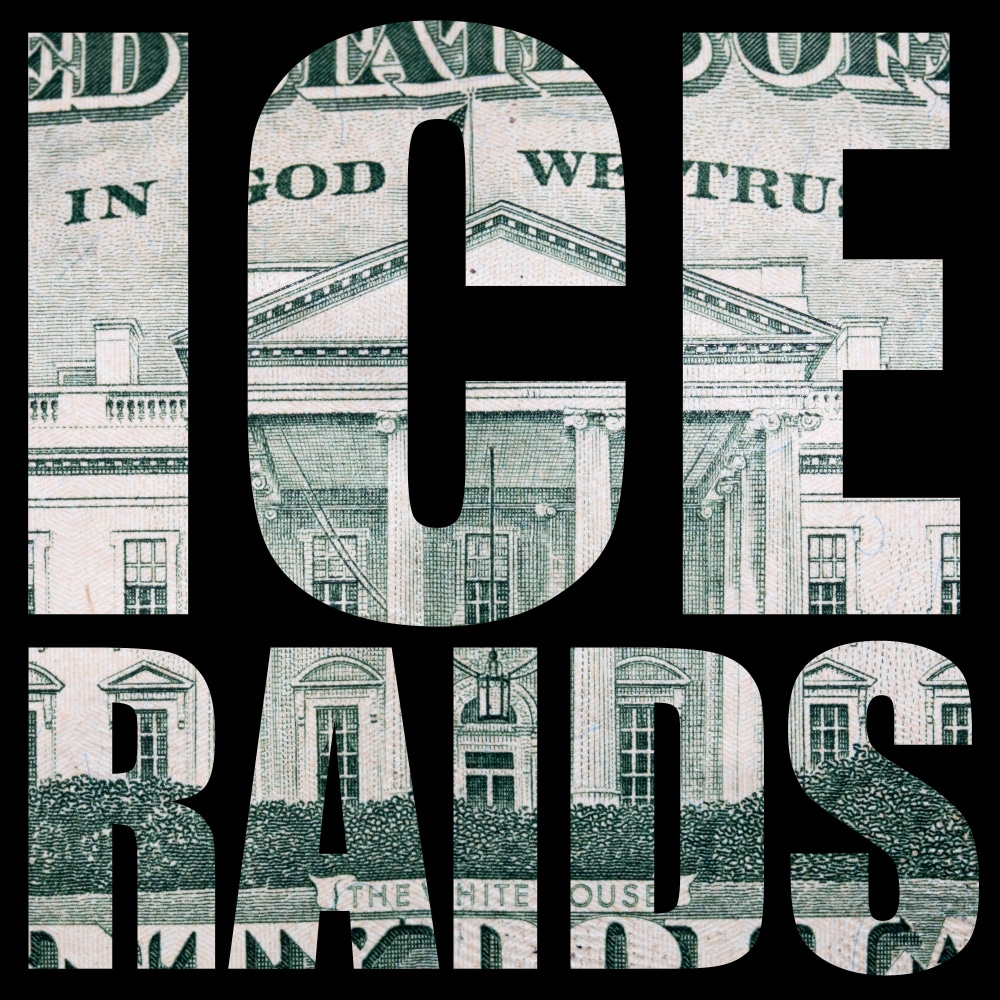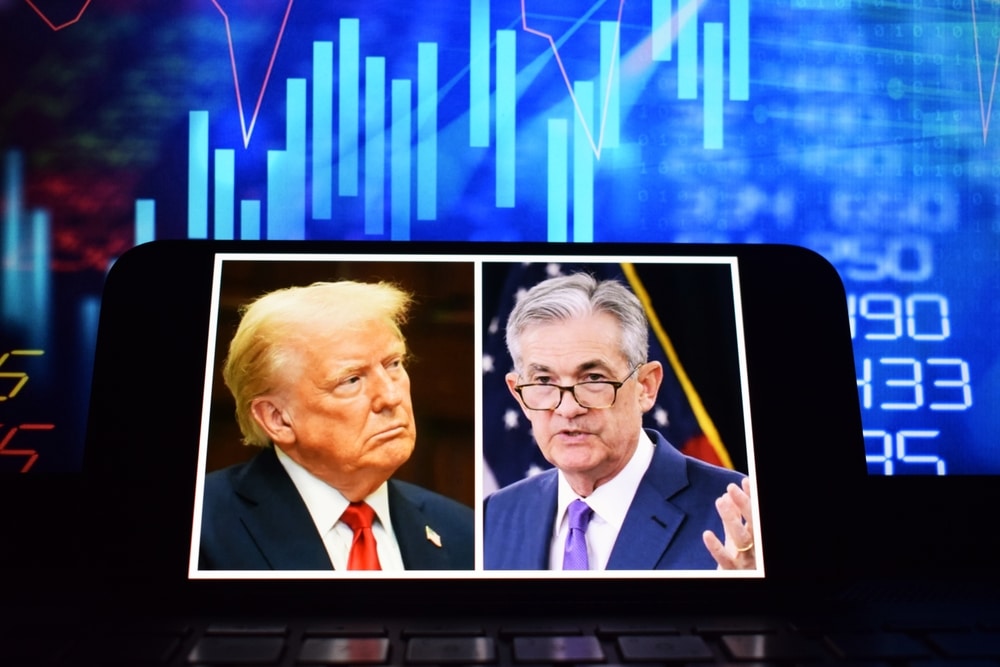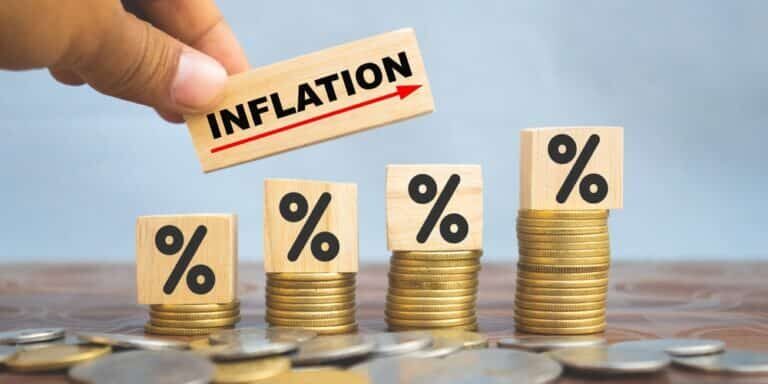
The Hidden Engine Behind Rising Prices: How Government Spending Fuels Inflation
When Shutdowns Meet Stimulus
In 2020, government-mandated lockdowns shuttered businesses and halted economic output in the name of public health. “Fifteen days to slow the spread” stretched into months, with some states extending restrictions beyond a year. Recognizing the economic damage, Washington responded by sending cash—stimulus checks, enhanced unemployment, and broad business subsidies.
While the intention was to provide temporary relief, the result was a simultaneous contraction in productivity and a surge in consumer demand, all backed by borrowed or printed money. Goods and services shrank. Money chasing those goods increased. The textbook result? Inflation. And while pandemic response played a visible role, the deeper engine of inflation, as this period revealed, is structural.
The Cost of Big Government in Hard Numbers
Federal spending has soared in recent years, and so have deficits. In FY 2024, Washington spent $6.9 trillion against revenues of roughly $5.1 trillion, producing a deficit of $1.83 trillion. That’s nearly a quarter of the nation’s entire $29 trillion GDP flowing through government pipelines—either via taxation or borrowing.
Compare that to 2023’s $6.1 trillion in spending and you see a 12.83% increase in just one year. But the economy? It grew by only 2.8%. In other words, the government’s appetite for resources is outpacing real economic growth nearly fivefold. This widening fiscal gap means more debt, more money creation, and more price pressure—classic inflationary fuel.
How Quantitative Easing Rewired Markets
The modern era of government-boosted liquidity began in earnest during the 2008 Financial Crisis. When traditional bond buyers hesitated, the Federal Reserve stepped in with Quantitative Easing (QE)—purchasing bonds and assets to bridge deficits and stimulate lending. The result was a flood of liquidity that didn’t just stimulate spending—it inflated asset prices.
As QE continued into the 2010s, financial markets swelled. Stocks and real estate climbed steadily, in part because freshly created capital was seeking yield. This artificial monetary environment helped create a bubble-like rise in asset prices while eroding purchasing power for everyday Americans.
Paying People Not to Produce
Social support systems like Medicaid and unemployment insurance began with the aim of helping people through hardship. But over time, these systems—particularly when expanded—can disincentivize work. When marginal income gains disqualify individuals from public benefits, the rational decision for many is to stay where they are.
For instance, under current rules, earning just over $21,000 annually could disqualify an individual from Medicaid, while private insurance could cost nearly $6,000 out of pocket. That cliff discourages advancement. While the safety net is essential in emergencies, long-term dependency is counterproductive in a tight labor market and adds sustained pressure to government outlays.
Public Projects, Private Consequences
Government spending doesn’t just draw on taxpayer funds—it also competes with private industry for limited resources. Take the 2021 Infrastructure Investment and Jobs Act, which allocated $7.5 billion to build EV charging stations. To date, just eight have been completed. Meanwhile, private companies like Tesla continue to expand networks at lower costs and higher efficiency.
Inefficiency in public projects often means that capital, labor, and materials are diverted from productive enterprise into bureaucratic channels. The result? Slower real growth and higher prices. It’s not just waste—it’s economic drag.
The Inflationary Toll of Misdirected Investment
Programs such as broadband expansion also illustrate the problem. While satellite-based providers like Starlink offer innovative solutions, government-backed cable initiatives continue to absorb workforce and materials. The result is not only redundancy but increased costs across the board as public and private sectors vie for finite resources.
An Unsustainable Path Forward
Government spending continues to rise faster than economic output. If this trend holds, inflation will remain a persistent challenge. Structural imbalances—more money creation, deeper deficits, fewer productive outputs—are pushing the U.S. closer to a fiscal crisis.
History shows that real prosperity comes not from government orchestration, but from productivity. The Industrial Revolution transformed living standards through innovation, private capital, and mass production—none of which required a federal blueprint. If the state can be reined in, that level of economic dynamism is possible once again.
What You Can Do Now
Don't wait for Washington to correct course. Download Bill Brocius’ free guide, 7 Steps to Protect Your Account from Bank Failure, and learn how to insulate your savings from systemic shocks. To stay ahead of the next economic storm, subscribe to Bill’s Inner Circle Newsletter for $19.95/month, or pick up his eye-opening book, End of Banking As You Know It.



